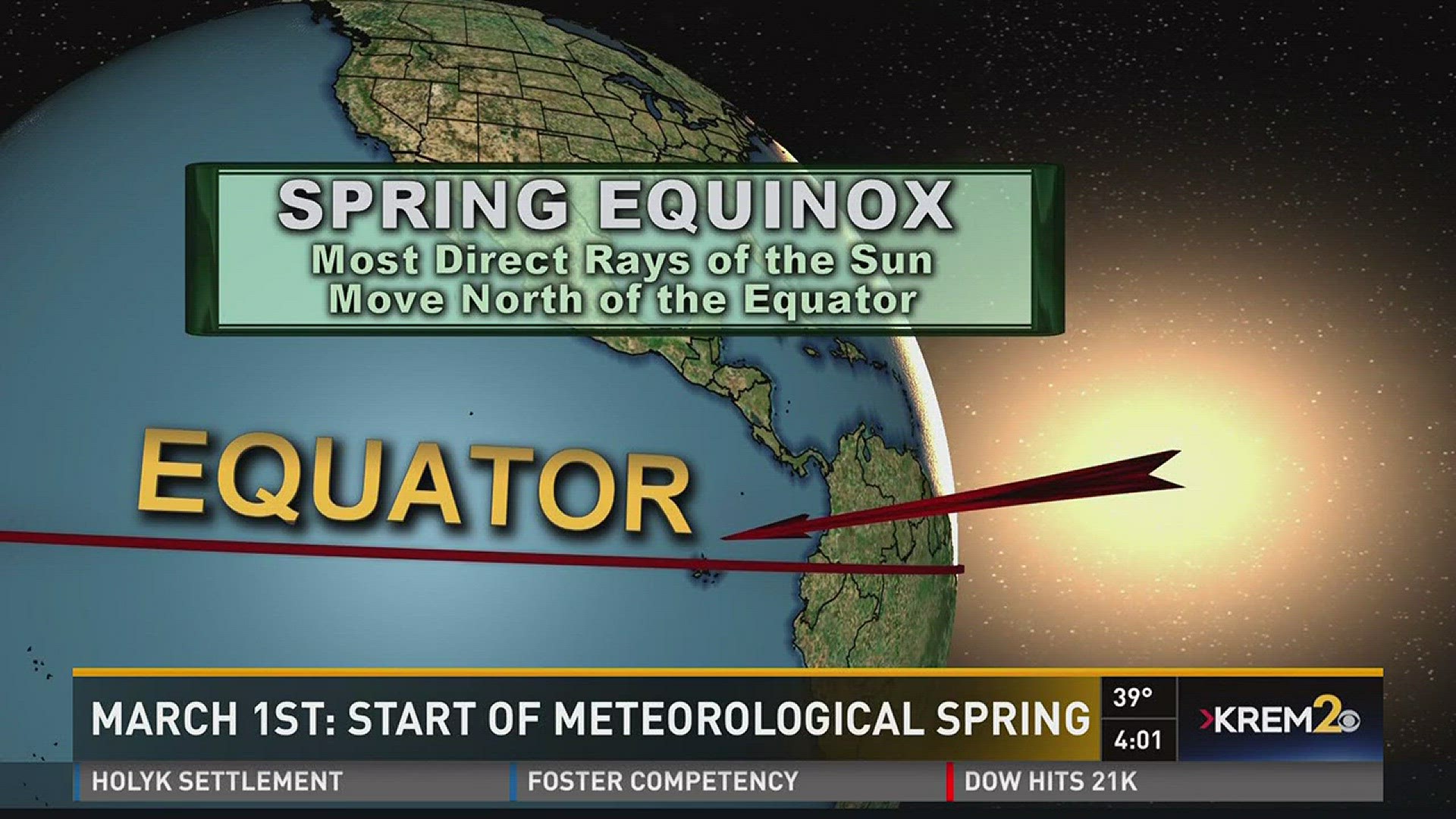Goodbye winter! Well, sort of. March 1st is the beginning of meteorological spring.
What's the difference between meteorological spring and astronomical spring?
Meteorological spring is considered to be March, April and May. The other meteorological seasons consist of three consecutive months:
- Meteorological winter is December, January, February (typically the coldest months of the year).
- Meteorological summer is June, July, August.
- Meteorological fall is September, October, November.
The spring season associated with the vernal equinox, called astronomical spring, happens on or around March 21 in the Northern Hemisphere. This year, it lands on March 20th. Meteorologists recognize March 1 as the first day of meteorological spring, which is based on annual temperature cycles and the Gregorian calendar.

Stormtracker 2's Briana Bermensolo wants everyone to know that spring is also a big transition season. Sometimes, it does not matter what the calendar says. Each year brings a different end to winter. Last year was a very mild, short winter for the Inland Northwest. This winter brought a lot of snow, a lot of rain, and does not appear to be fading away without a fight.
Also, as we come out of the cold winter toward the warmer summer, spring is based on the sun angle. That depends on the Earth's orbit.
Leap years and the elliptical shape of that orbit around the sun affect when the astronomical seasons, or summer/winter solstices and vernal/autumnal equinoxes, occur.
A final interesting fact to leave you with:
The month of March is associated with a variety of folklore, including the famous proverb, “March comes in like a lion and goes out like a lamb.” It’s one of many proverbs from years gone by that attempt to predict the weather.

